We use cookies to make your experience better. To comply with the new e-Privacy directive, we need to ask for your consent to set the cookies. Learn more
AbIver Plus: Tapeworms and Horse Colic
Parasitic infestations are recognized to be associated with colic in horses.
Colic results from mechanical damage, nerve transmission interference, blood flow disruption, allergic irritation, and changes in intestinal motility, all of which may be brought about by internal equine parasites. Recently, tapeworms have been strongly correlated to development of colic including ileal impaction, intussusceptions (telescoping of a part of the intestine to another) and spasmodic colic.
Equine tapeworm infestation may not be one of the most common causes of colic but it is important to understand that tapeworm infestations is a growing problem due to the development of resistance to common anthelmintics. Several anthelmintics commonly used are not so effective in eliminating tapeworms. Because of this, a lot of well-maintained horses have been infested with tapeworms. This article explains briefly about the important details about tapeworms and how they are being linked to colic.
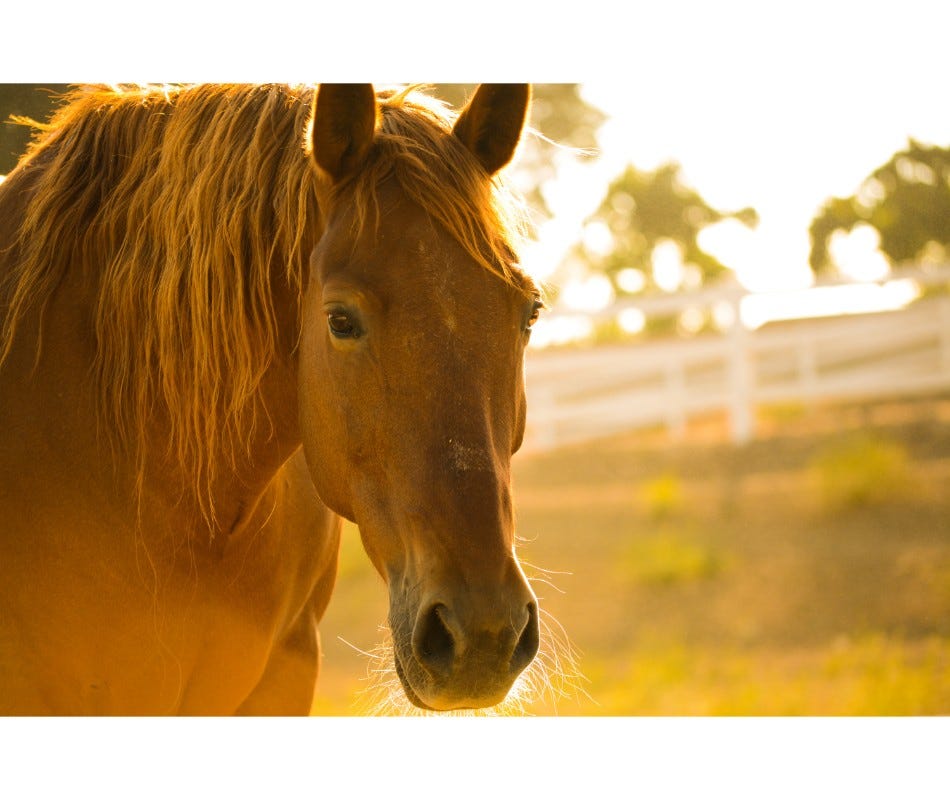
The Different Species of Tapeworms in Horses
There are three species of tapeworms that are common to horses and they are Anoplocephalap erfoliata, Anoplocephala magna, and Anoplocephala mamillana. Although horses aged 1-5 years old and those over 15 years old can be heavily infested with tapeworms, horses of different age groups can be infected with these parasites in general. Older horses may even be more susceptible to heavy infestations. Equine tapeworms depend on orbatid mites for their lifecycle to continue. A number of orbatid mites can be found in adequately humid areas. The mites ingest the eggs of the tapeworms, which will develop into larvae. Once the horse ingests the mite, the tapeworm larvae are free and they attach to the ileum, the last region of the small intestine. Once the tapeworm reaches maturity, its segments are released and digested in the intestine. The eggs are also released and passed out through feces and the lifecycle continues.
The Relationship Between Tapeworms and Colic
Intestinal perforation, intussusceptions, impaction colic, and ileacal and spasmodic colic are conditions which have been linked to equine tapeworm infestations. How tapeworms cause intussusception remains unproven. It may be due to the changes in intestinal motility. It involves the ulceration and inflammation of the intestinal lining at which the parasite attaches. The site of attachment may also thicken, and get infected.
Another theory on how tapeworms cause horse colic may be attributed to the interference of the nerve transmission. Equine tapeworms contain large amounts of a certain compound that interfere with this nerve transmission when that compound is released. This consequently reduces peristaltic activity which then causes colic.
Best Dewormer to treat Horse Colic?
No drug has been approved to treat tapeworm infestations but several products have been effective enough. The use of salt-based dewormers is the cornerstone treatment of equine tapeworm infestations. Recommended dosage shows an 87% efficacy in eliminating tapeworms while doubling the dose produces 93% efficacy.
When tapeworms are found prevalent in your areas, clinical signs can be effectively prevented in two ways: through daily-basis administration during grazing season or by giving dose of AbIver plus dewormer within a regular worming program. Always check with your veterinarian to see if your area is tapeworm-endemic .

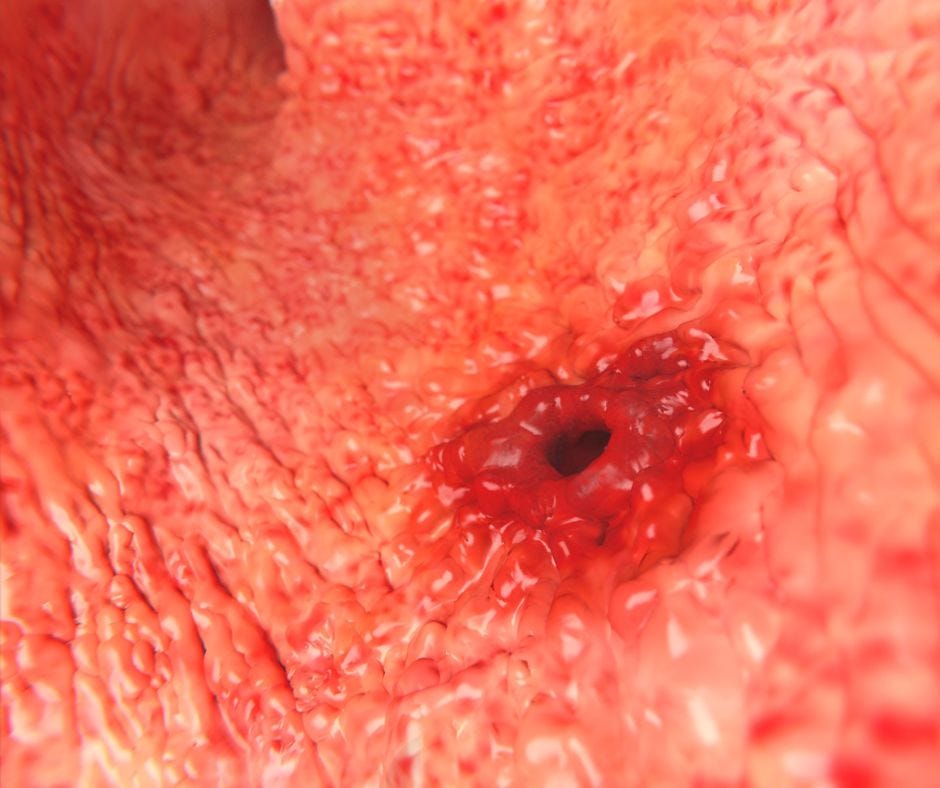
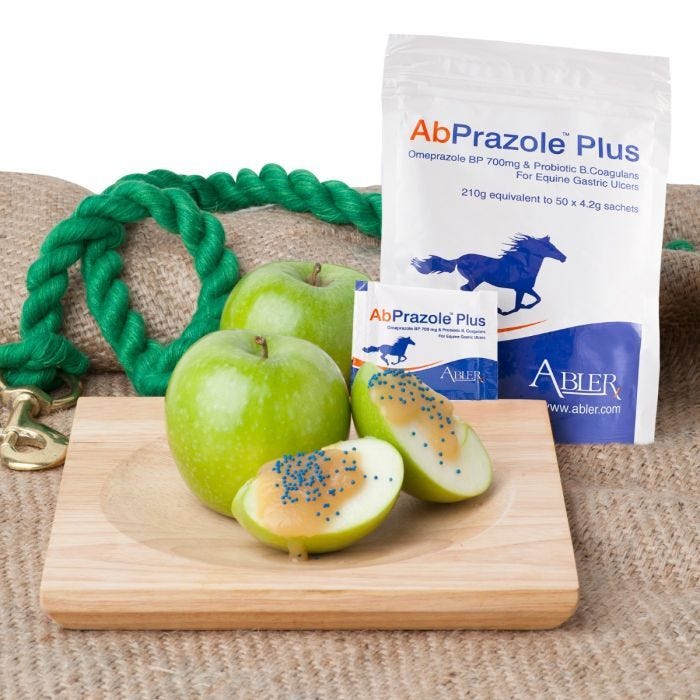
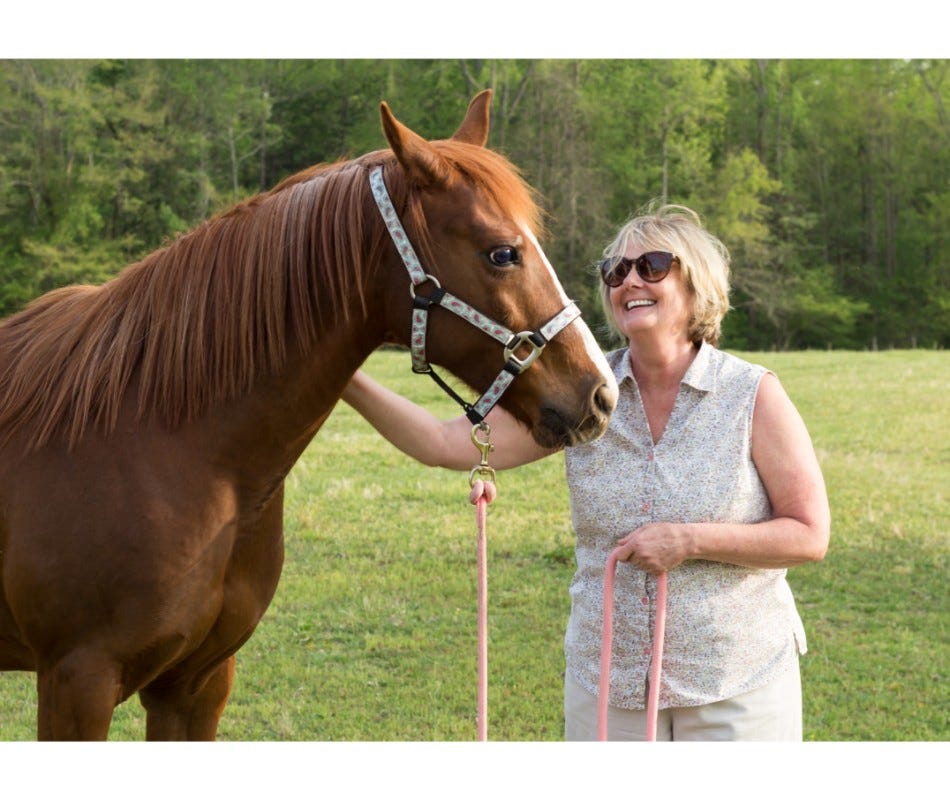
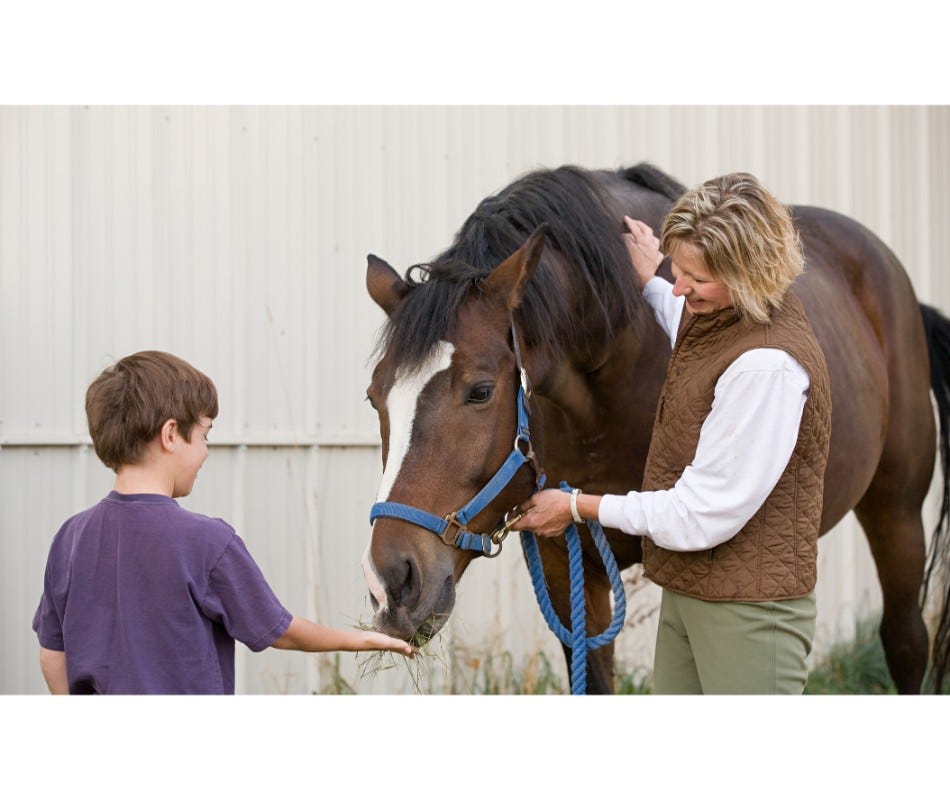
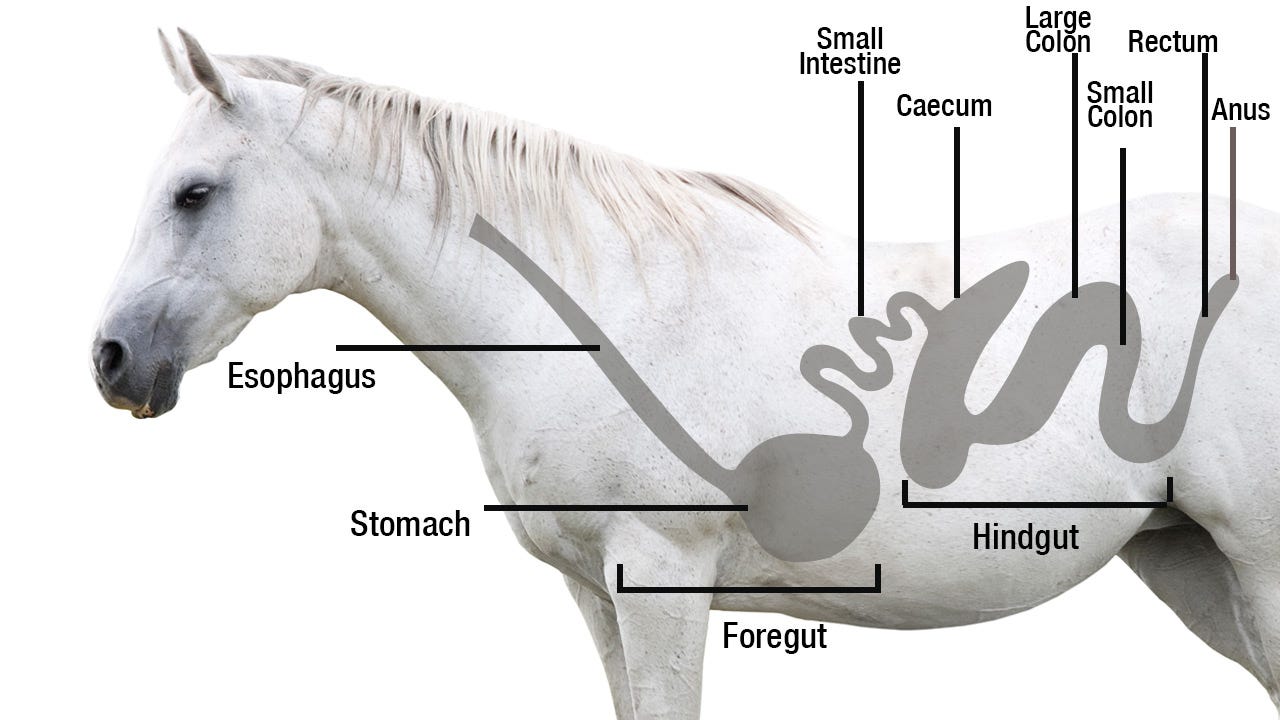
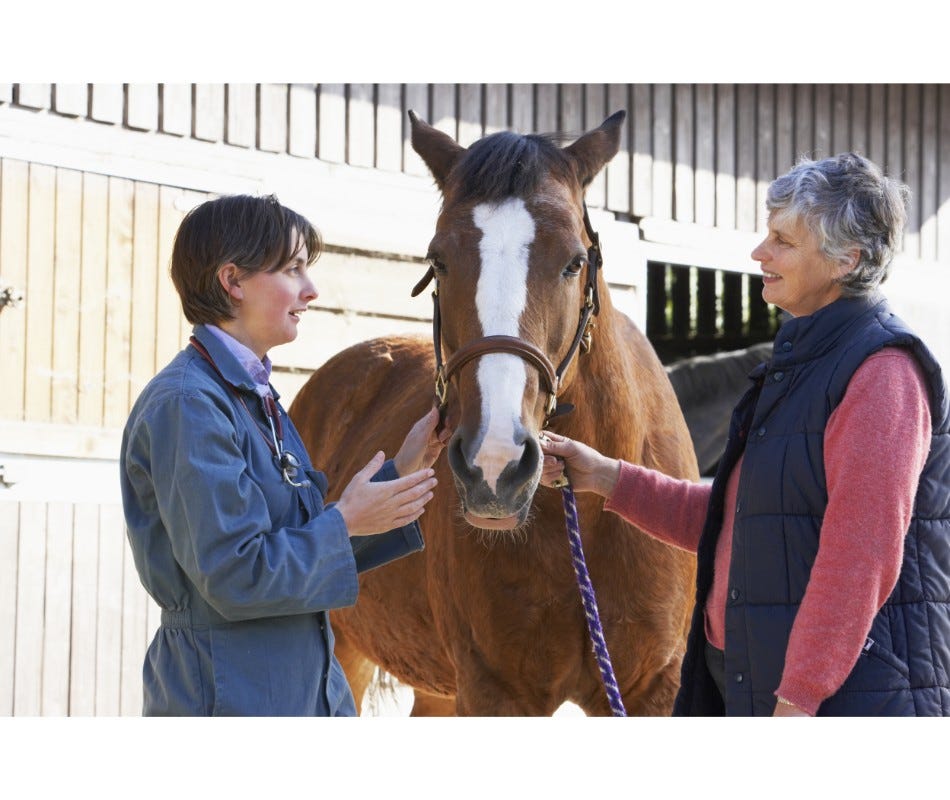
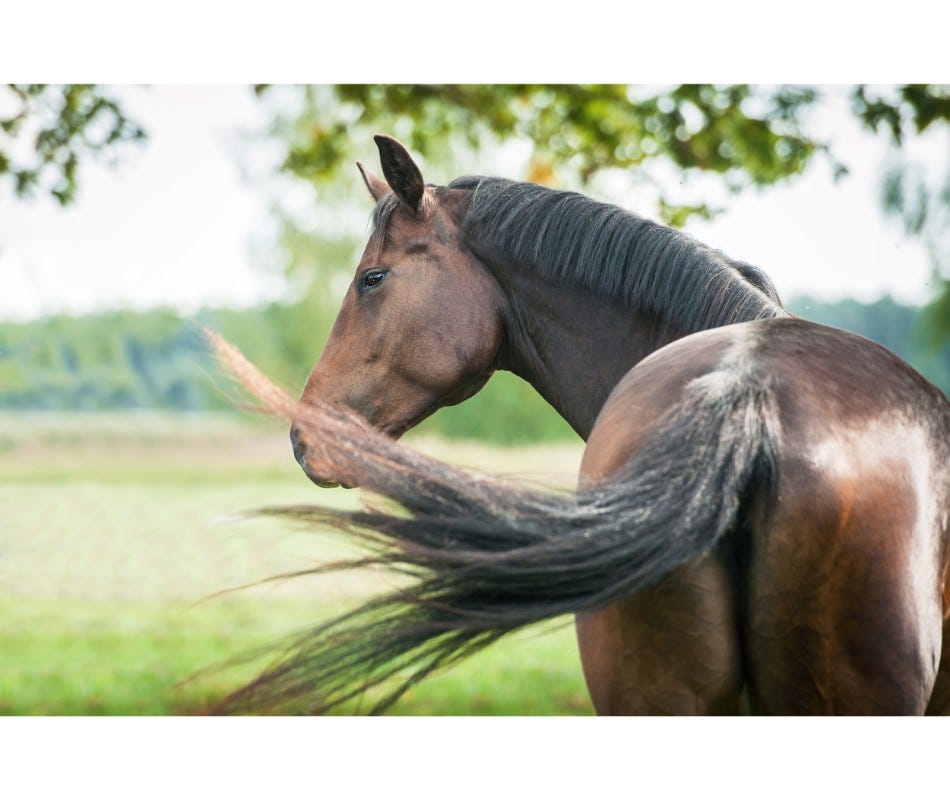
Validate your login